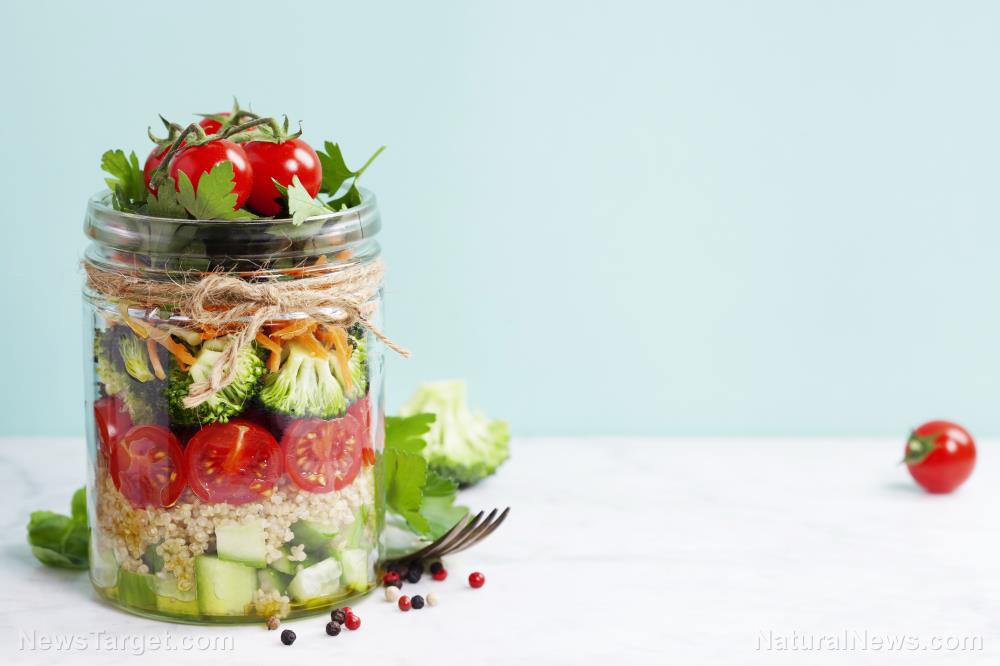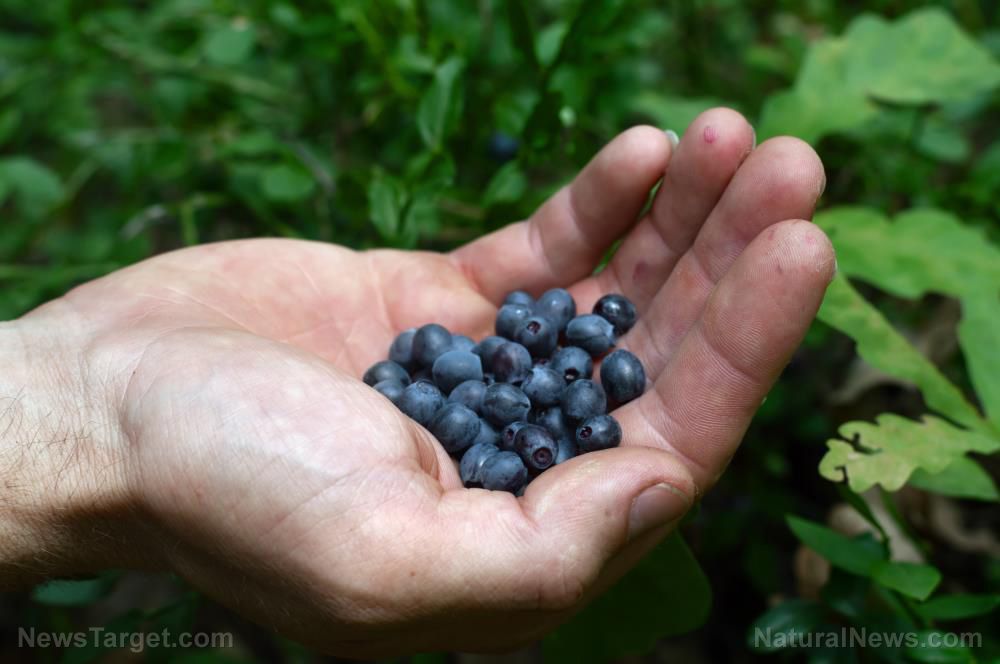
Advertisement
Trillions of bacteria live inside your intestines. But don’t be grossed out! Many of them are “good” because they keep you healthy. One way they do that is by eliminating the toxins that bombard your body each day. This process is known as detoxification.
Detoxification mainly occurs in your liver. It “re-packages” the toxins before sending them out. The toxins then take a trip through the intestines, where things can get a little complicated. For instance, having an imbalanced gut, where bad bacteria outnumber good bacteria, can cause toxins to get reabsorbed instead of removed.
Detox with fermented foods
Beefing up your good gut bacteria for better detoxification can be as easy as eating fermented foods. Filled with live, beneficial microbes called probiotics, these foods aid in digestion and fight off bad bacteria in the gut.
Check out these fermented foods for restoring gut balance and supporting detoxification:
1. Kefir
Kefir is a fermented drink made by adding kefir grains, a combination of yeast and bacteria, to milk. Chock-full of probiotics, this thick and tangy drink may be easier to digest for people with lactose intolerance. Kefir is tasty by itself, but you can also try blending it up with your favorite fruits for a gut-friendly smoothie.
2. Tempeh
If you’d rather “eat” your probiotics, try tempeh. It’s a tofu-like cake made from fermented soybeans. It tastes a bit nuttier than tofu and feels firmer, too. Plus, tempeh is loaded with protein, so it’s a great substitute for meat or fish. Cut it into thin slices and fry for a quick side, or crumble it to make taco “meat” and fillings. You can try baking, steaming or sauteeing tempeh, too.
3. Natto
Natto is a Japanese dish served as a side or used as an ingredient in staples like sushi. It has a distinct, pungent aroma reminiscent of cheese and old socks because it is made from fermented soybeans. Still, its high probiotic content renders it an important health food in Japan.
4. Kombucha
Kombucha has been making the rounds in recent years as the latest wonder drink to hit health food stores, for good reason. This tangy fermented tea contains tons of good-for-you bacteria. It also has a slight fizz, which makes it a good alternative to sodas and other sweetened drinks.
5. Miso
Miso is a type of paste commonly used in Japan as a seasoning. It’s made by fermenting soybeans with salt and koji, a type of fungus. Grains like rice and barley may also be fermented with soybeans to produce various miso types. Take care to use only a little at a time of this strong-tasting paste.
6. Kimchi
Kimchi is a traditional Korean side dish made by fermenting cabbage. Think sauerkraut but spicy. You can find it in many Asian groceries. Kimchi can be enjoyed on its own or used in sandwiches and homemade tacos.
7. Sauerkraut
Sauerkraut is an Eastern European staple traditionally made from just cabbage and salt. It delivers a huge dose of fiber and probiotics. Slightly salty and tangy, sauerkraut pairs well with sandwiches, salads and egg dishes.
8. Yogurt
Yogurt is made from milk fermented with lactic acid bacteria. Rich in many important nutrients like potassium and B vitamins, yogurt has been linked to some health benefits. These include less body fat, a lower weight and a smaller waistline. Just make sure you’re eating the plain, unprocessed kind of yogurt.
How to make sauerkraut
Fermenting foods is incredibly easy and you can do so in large batches without worrying about spoilage. Check out this simple sauerkraut recipe to help you get started on making your own fermented foods:
Ingredients:
- Filtered water
- 1 cabbage head
- 1/2 cup kefir whey
- 1 tablespoon sea salt
Preparation:
- Sterilize the jars to ensure proper fermentation. First, wash the jars and lids with soap. Then pour boiling water over them. Let dry and cool to room temperature before using.
- Prepare the cabbage head. Discard wilted outer leaves before cutting into quarters. Then cut each quarter down its length to make a total of 8 wedges. Slice each wedge crosswise into thin ribbons. You can do this however thin (or thick) you prefer.
- In a bowl, toss the shredded cabbage with salt.
- Pack the salted cabbage into the canning jars. Don’t overfill–leave about 2 inches of headroom so that the cabbage can expand properly as it ferments.
- Divide the kefir whey among the jars. Then fill each one with enough water to cover the cabbage.
- Close the jars tightly. Store them in a cool, dry place away from direct sunlight for 6–7 days. You can do a taste-test on the sixth day to check if it’s ready. Note that once opened, you need to keep it refrigerated.
Your gut bacteria play an important role in ridding your body of toxins and other harmful substances. To make sure your gut is in good shape for proper detoxification, eat more fermented foods as part of a healthy diet.
Sources:
Advertisements







